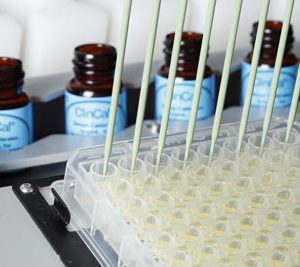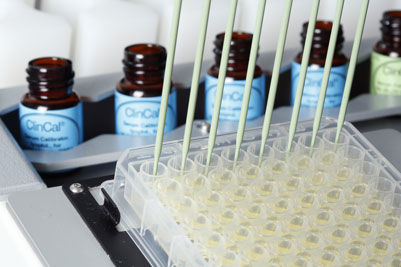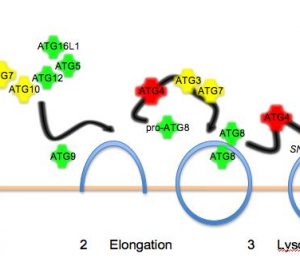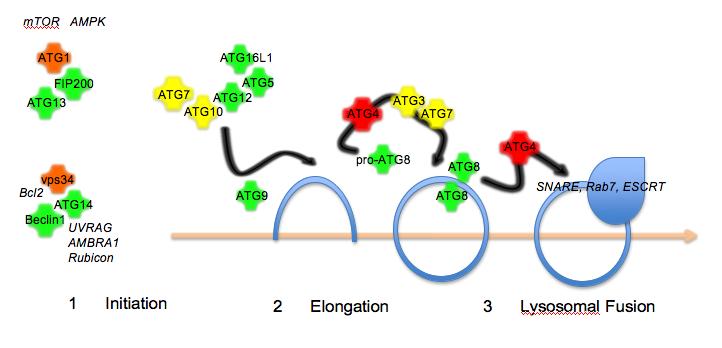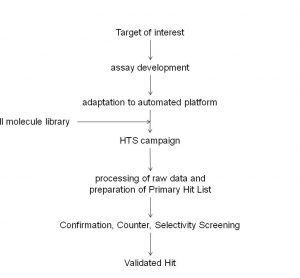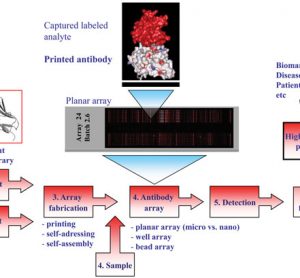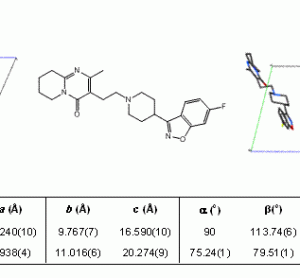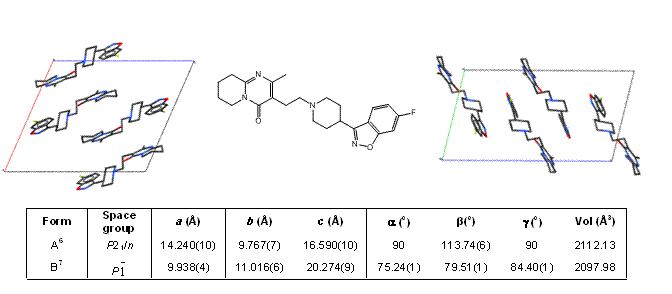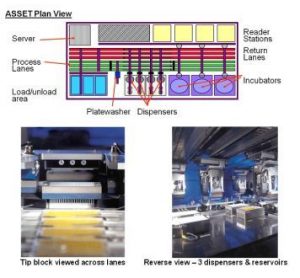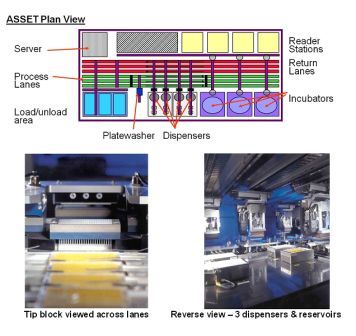Laboratory Automation: Liquid handling devices in drug discovery – when, what, why?
15 December 2013 | By Sergio C. Chai, Asli N. Goktug and Taosheng Chen, High Throughput Screening Center, Department of Chemical Biology and Therapeutics, St. Jude Children’s Research Hospital
Liquid handlers are ubiquitous and essential tools in every aspect of the drug discovery arena. Innovations in the past few decades resulted in a sizeable array of devices. With so many choices, it is important to identify appropriate instrumentation for a particular screening strategy, which should be based on unique…





